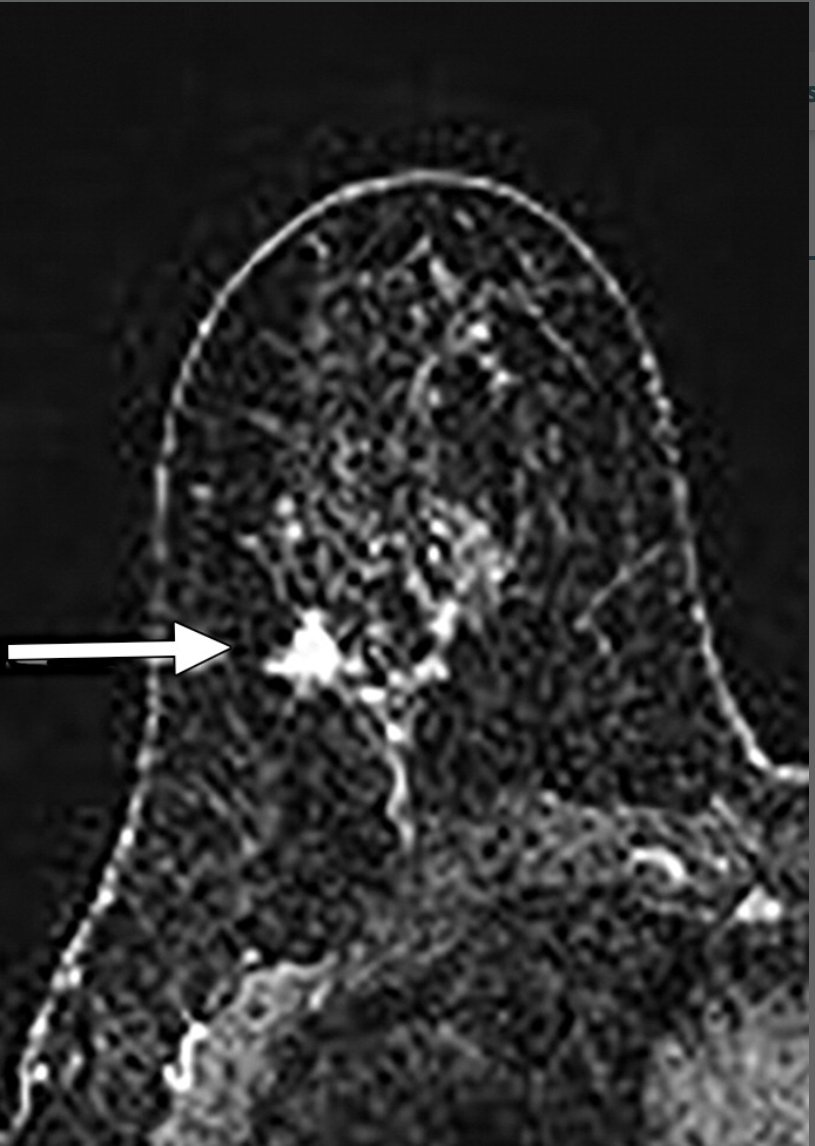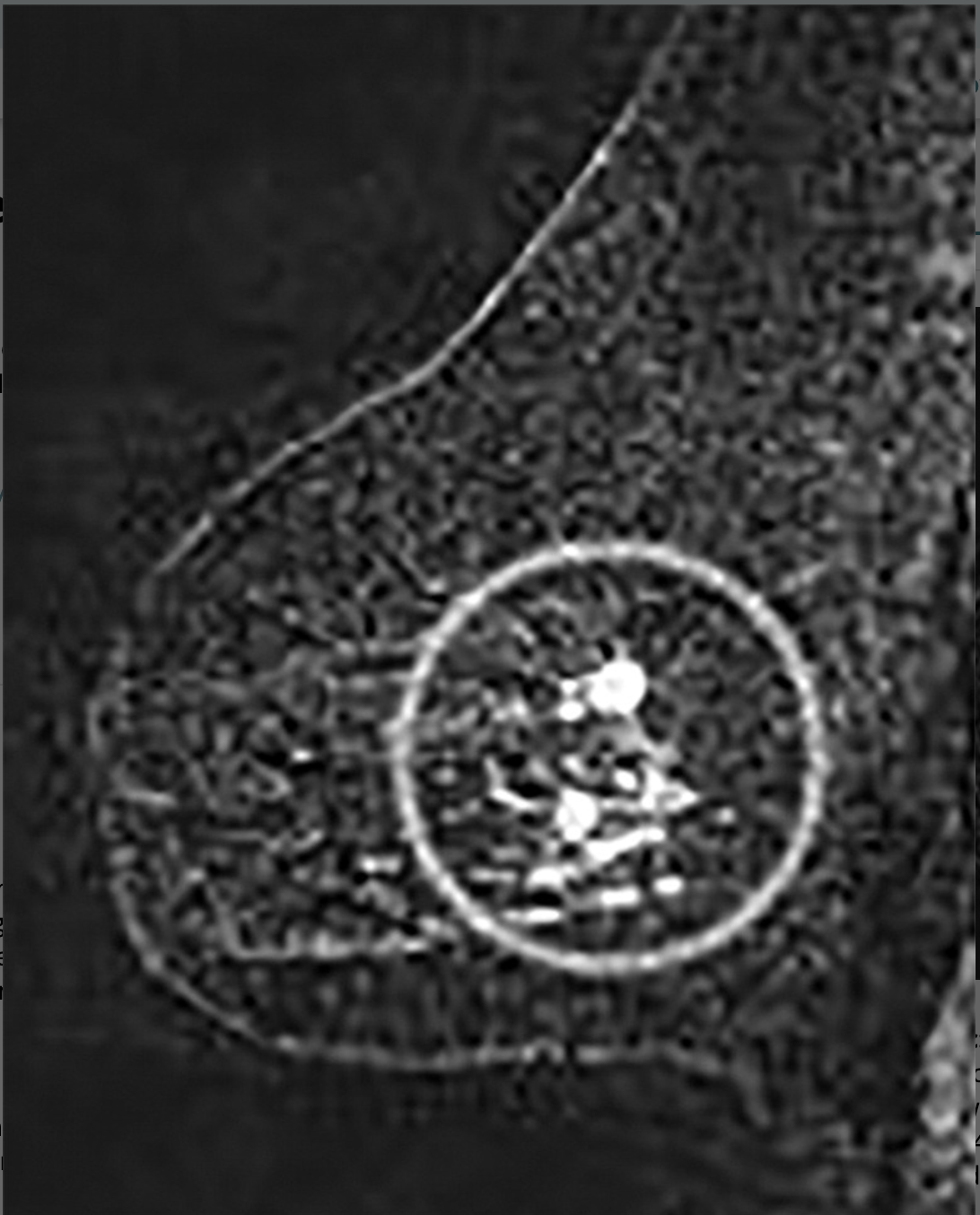Digital Breast Tomosynthesis on Track to Replace Digital Mammography
The improved cancer detection rate that catches more cancers with favorable prognoses and the lower false negative rates, improves patient outcomes and puts DBT on track to replace 2D mammography as the gold standard for screening.
Digital breast tomosynthesis (DBT) has an edge on 2D screening mammography when it comes to improved patient outcomes, new research has revealed.
In a study published in Radiology, investigators from Yale University School of Medicine and Smilow Cancer Hospital in New Haven, Conn., showed that DBT is not only catching more invasive cancers, it is also catching ones that are more amenable to treatment.
“Our results build on past studies that have shown that DBT improves performance outcomes for breast cancer screening,” said lead study author Melissa A. Durand, M.D., associate professor of diagnostic radiology and biomedical imaging at Yale. “With DBT, we show we are detecting more invasive cancers, but they are cancers with favorable prognostic criteria, which means these patients would have more treatment options.”
Images show asymptomatic false-negative cancer in a 49-year-old White woman with a family history of breast cancer (sister at 44 years of age; paternal aunt at 44 years and contralateral cancer at 80 years) and prior biopsy history of lobular intraepithelial neoplasia who presented for high-risk screening MRI 246 days after a benign screening mammogram. (a) Negative screening right digital breast tomosynthesis mediolateral oblique and craniocaudal mammograms. (b) Axial contrast-enhanced T1 subtraction MRI scan shows an enhancing irregular mass in the right breast (arrow). (c) Postcontrast T1 subtraction sagittal MRI scan enables confirmation of an enhancing irregular mass in the upper outer quadrant of the right breast, with additional smaller mass and nonmass enhancement. Subsequent MRI-guided biopsy yielded infiltrating mammary cancer with tubulolobular features and estrogen receptor– and progesterone receptor–positive and human epidermal growth factor receptor 2–negative invasive ductal carcinoma. Courtesy: RSNA

DBT’s superior ability over 2D mammography to detect cancers is already known, but to date, there has been little evidence supporting its impact on patient survival. To shed more light on that question, Durand’s team analyzed more than 380,000 screening exams to compare DBT and digital mammography performance.
In particular, she said, the team focused on false negative rates – the cancers that were detected within a year of a normal mammogram. These cancers tend to be more aggressive than screen-detected ones, so reducing them could be seen as a surrogate for longer-term screening outcomes, such as advanced disease or death.
Images show asymptomatic false-negative cancer in a 49-year-old White woman with a family history of breast cancer (sister at 44 years of age; paternal aunt at 44 years and contralateral cancer at 80 years) and prior biopsy history of lobular intraepithelial neoplasia who presented for high-risk screening MRI 246 days after a benign screening mammogram. (a) Negative screening right digital breast tomosynthesis mediolateral oblique and craniocaudal mammograms. (b) Axial contrast-enhanced T1 subtraction MRI scan shows an enhancing irregular mass in the right breast (arrow). (c) Postcontrast T1 subtraction sagittal MRI scan enables confirmation of an enhancing irregular mass in the upper outer quadrant of the right breast, with additional smaller mass and nonmass enhancement. Subsequent MRI-guided biopsy yielded infiltrating mammary cancer with tubulolobular features and estrogen receptor– and progesterone receptor–positive and human epidermal growth factor receptor 2–negative invasive ductal carcinoma. Courtesy: RSNA

“Using false negative cancer rates is a way to get an idea of how a tool can affect morbidity/mortality in a more reasonable time frame than a randomized clinical trial,” Durand said, adding that the team’s analysis revealed DBT improved sensitivity and specificity for breast cancer and detected more invasive cancers with fewer nodal or distant metastases.
In fact, DBT screening exhibited a downward trend toward lower rates of both false negatives and symptomatic false negatives that present with pain, discharge or a lump. Their assessment also reiterated that DBT does a better job in pinpointing cancers in women who have dense breasts.
In addition, Durand said, their results also showed that DBT yielded a significantly lower recall rate for women who have heterogeneously dense breasts than they saw with digital mammography. Other benefits also exist.
“We also saw significantly higher cancer detection rates with DBT in women with heterogeneously dense breasts compared to digital mammography,” she said. “With women who have extremely dense breasts, the cancer detection was higher, but not significantly so, which make sense. You need a bit of fat to provide contrast to the fibroglandular tissue in order to detect abnormalities whether you are using DBT or digital mammography.”
This finding, she said, spotlights a group of women who would likely benefit from supplemental screening.
Ultimately, coupled with the ability to half the radiation dose by using the synthesized DBT technique, these results add to the existing knowledge base that DBT can be used for routine breast cancer screening. In fact, she said, it could become the new gold standard.
“Together with reduced recall rates and, thus, less patient anxiety,” Durand said, “I would anticipate that DBT will continue to move forward as the standard of care to replace regular mammography.”
For more coverage based on industry expert insights and research, subscribe to the Diagnostic Imaging e-Newsletter here.
AI-Initiated Recalls After Screening Mammography Demonstrate Higher PPV for Breast Cancer
March 18th 2025While recalls initiated by one of two reviewing radiologists after screening mammography were nearly 10 percent higher than recalls initiated by an AI software, the AI-initiated recalls had an 85 percent higher positive predictive value for breast cancer, according to a new study.